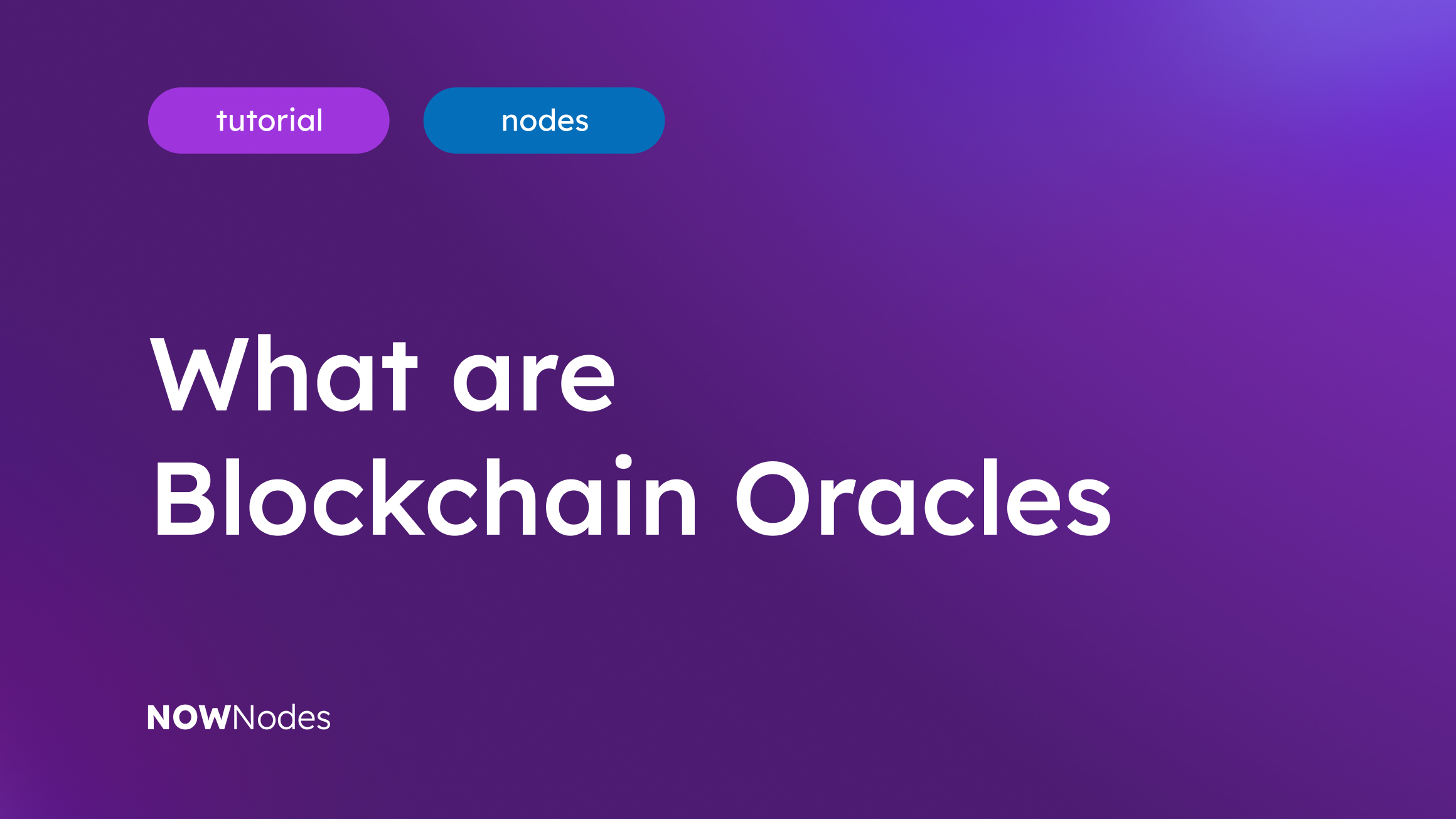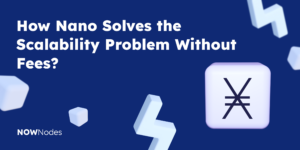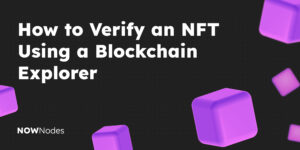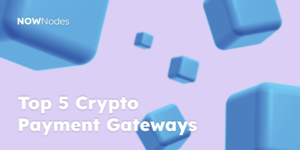Each ecosystem has three main components, and in the absence of one of them, it ceases to function. Any infrastructure consists of users (customers or consumers), the system itself, and the personnel who maintain and maintain it. If you remove even one link from this chain, the system will stop.
Imagine a situation when you are in a foreign country and want to visit local attractions. You are a tourist, i.e. a user. A city is an ecosystem. But in order to fully use it, you need a guide and translator who understands your language. The guide serves as a bridge between tourists and urban infrastructure. Oracles are such a bridge for blockchain. In this article, we will talk about what blockchain oracles are and why they are needed in the DeF and Web3i ecosystem.

What are Blockchain Oracles?
Blockchain oracles are the same translators and guides that link data sources from the outside world (the Internet) and the blockchain. Oracles accept information from various sources and convert it into a language that is understandable for smart contracts-programs that independently process transactions on the blockchain. In other words, oracles serve the entire Web3 ecosystem.
Among the data received by the oracles, there may be such as the current network state or the current cryptocurrency exchange rate. Smart contracts use this data in accordance with the rules laid down in the source code, and then broadcast to users and control transactions based on them.
Without oracles, blockchain and smart contracts would not be able to access data from the outside world, since it is not embedded in their protocols. Oracles significantly expand the scope of smart contracts due to the fact that they can work with data outside of the blockchain.
Oracles can not only accept data from external off-chain sources, but also send it back. The functionality of oracles is determined by developers depending on the purpose of their use.
Depending on the principle of operation there are several types of oracles:
- Human oracles are people who manually verify data and send it to a smart contract;
- Incoming or outgoing oracles are those that either transmit information to smart contracts or to external sources from smart contracts. Oracles can also be hybrid.
- Contract oracles — designed for one specific smart contract. Such oracles cannot be used for other smart contracts. This may be due to the mechanism of individual smart contracts.
- Centralized or decentralized oracles — run by a single company or community. Everything is clear here: decentralized oracles eliminate the risk of third-party interference.

How Oracles are Used
There are many ways to use oracles. Previously, the functions of smart contracts were limited. The program tracked and controlled the fulfilment of the transaction conditions only within the blockchain. For example, when purchasing tokens, the seller must ensure their delivery. If one of the users does not fulfil them, the transaction will not be completed, and the reserved coins will be sent back to the owners.
But what if you need to perform verification from other sources outside of the blockchain? And here oracles come to the rescue, which provide compatibility of on-chain data from Web3 and the regular Web.
Let’s imagine a situation where two players are arguing about what rate Ethereum will reach by the end of 2020. Player A bets that the cryptocurrency will grow to $1000, and player B-that it will fall to $200. They place a bet and fix the deal using a smart contract. However, the smart contract could not obtain data about the rate.
Then the oracles intervene, which receive data about the cryptocurrency exchange rate via the exchange platform API or via a service for monitoring rates in real-time. The smart contract receives data, compares it with players ‘ forecasts, and transfers coins to the winner who was closest to the correct answer.
By the way, the reliability of cryptocurrency quotes is another problem that can be solved with the help of oracles. If the players’ forecasts are close to each other, the result may be erroneous, since the rates on different platforms differ.

To solve this problem, the Chainlink blockchain was developed, which consists of a decentralized network of oracles. Oracles get data from various sources and compare them with each other. Only then is the information sent to the smart contract. In this way, smart contracts get more reliable and accurate information than when working with a separate Oracle. In addition, this approach eliminates any manipulation of data.
But this global problem is not the only one. Oracles act as intermediaries between users and smart contracts, so the final result depends on the reliability of the Oracle data. If it is compromised, the smart contract will also execute an incorrect transaction. The Chainlink solution eliminates dependence on one particular Oracle, promoting decentralization.
Another striking example of using oracles is Provable. The platform provides ready-made Oracle-based solutions for developers of decentralized applications (dApps). Provable allows you to integrate solutions such as a blockchain-based GCH for gambling, a reliable data provider, and a military-level Provable security module for the most important processes. The Provable blockchain allows you to make sure that the data is received in its original form and has not been modified.
Conclusion
Blockchain oracles increase the scalability of the blockchain ecosystem by merging it with the outside world and increasing data transparency. This mechanism favourably contributes to the mass implementation of decentralized solutions in traditional systems. The oracles built an unbreakable bridge between the on-chain and off-chain ecosystem and established compatibility between them.
Frequently Asked Questions (FAQs)
How Do Blockchain Oracles Work?
Blockchain oracles are essentially these third-party services that can provide smart contracts with external information.
Their main role in this regard is to essentially serve as a bridge between the blockchain as well as the outside world. Blockchains and even smart contracts that are used to transfer data on those blockchain networks cannot really access any data that is off-chain, or in other words, outside of the specific network in question. There are instances where it is important to have information from outside sources as a means of executing the potential agreements, and this is where blockchain oracles fill their overall role.
They work by providing a link between off-chain and on-chain data and are vital within the blockchain ecosystem due to the fact that they can broaden the scope in which smart contracts operate. Without these blockchain oracles, smart contracts would be extremely limited due to the fact that they could only essentially access data from within the network.
What Does Oracle Mean in Blockchain?
Within blockchain technology, it is important to understand the role that the oracle fills and how it functions. Here, blockchain oracles are not the source of a specific set of data. Instead, they are a layer that queries the data, verifies it, and authenticates the external data sources, which can then relay that information.
The data which gets transmitted by the oracles comes in many forms, from price information to the completion of a specific payment to even some data recorded by a specific sensor.
Here, in the sphere of blockchain technology, in order for a blockchain network to call data from the outside world, it needs the smart contract to be invoked, where the network resources will need to be spent as a means of achieving this goal. Specific oracles could even have an additional level of functionality by not only relaying information to smart contracts but also sending it back to external sources.
How Many Blockchain Oracles Are There?
There are numerous different kinds of oracles available within the blockchain space. These include input oracles, output oracles, cross-chain oracles, and computer-enabled oracles.
Input oracles are the most widely used type of oracle, which fetches data from the real world and then delivers it into a blockchain network for smart contract consumption. Output oracles allow smart contracts to send commands to off-chain systems, which can then allow them to trigger specific actions.
Cross-chain oracles are the ones that can read and write information between different blockchain networks, and they can enable interoperability for moving data as well as assets between different blockchain networks.
Compute-enabled oracles, on the other hand, are ones that use secure off-chain computation as a means of providing decentralized services, which would typically be impractical to do on-chain due to either technical reasons or even legal and financial reasons. This can include the usage of Keepers as a means of automating the running of smart contracts whenever predefined things occur.
What Are Oracle Projects in Crypto?
When it comes to oracle projects which are available within the crypto space, they are projects which were developed to fill a specific role.
This can include things such as solving real-world problems regarding blockchain technology and smart contracts. Their main goal here is to essentially allow on-chain smart contracts to get off-chain data through reliable means, and it is often required for contract execution.
An oracle sources reliable data from multiple sources as a result of this and can then even filter it for inaccuracies before transmitting it across to the blockchain network. Some common and popular oracle projects within the crypto space include Decentralized Information Asset (DIA), DOS Network (DOS), Aeternity (AE), Band Protocol (BAND), and Chainlink (LINK), but keep in mind that the cryptocurrency space is vast and there are numerous new projects being developed on a regular basis, which means that there are a lot more networks that utilize oracles.



